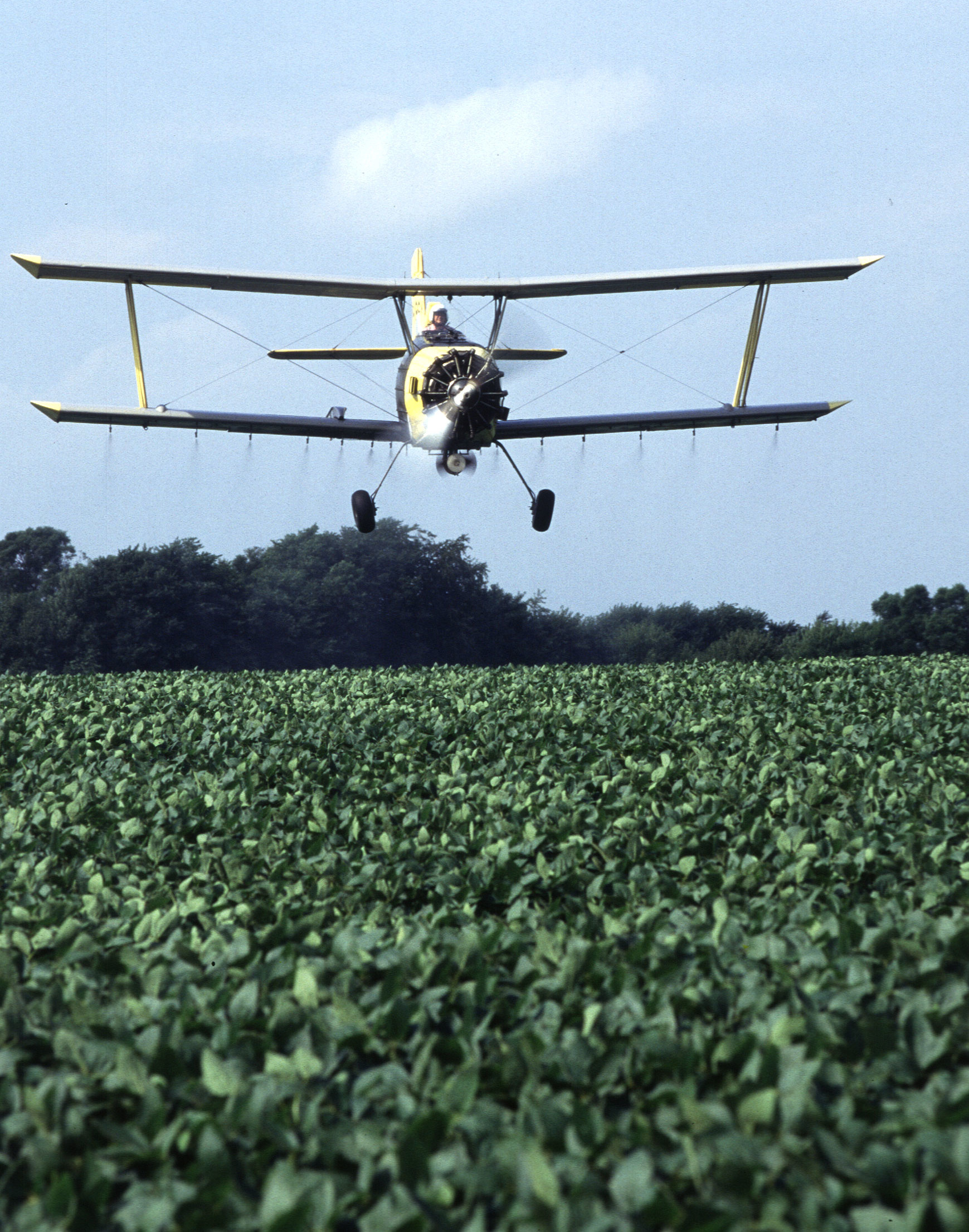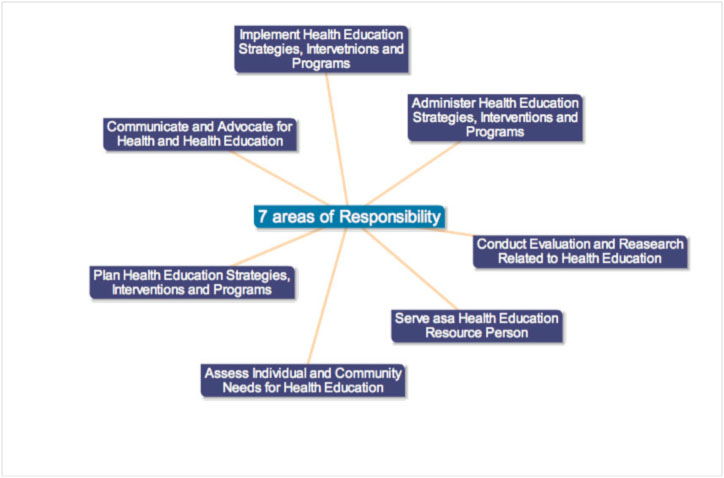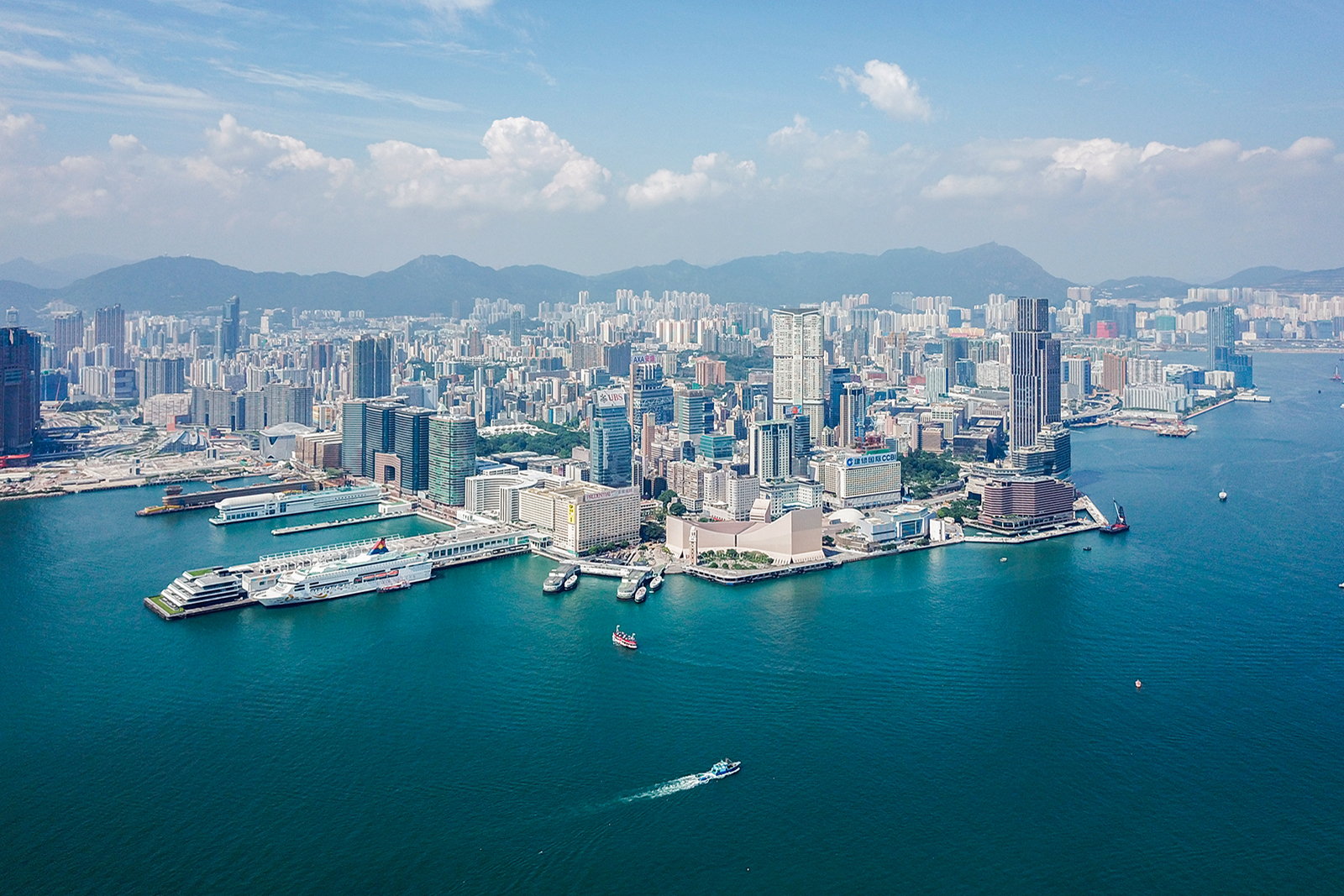|
Health Education Exhibition And Resource Centre
The Health Education Exhibition and Resources Centre opened on 17May 1997 in Kowloon Park, Tsim Sha Tsui, Hong Kong. It is under the management of the Food and Environmental Hygiene Department of the Government of Hong Kong. History The Health Education Exhibition and Resource Centre is housed in a Grade I historic building (Block S4 of the former Whitfield Barracks) in Kowloon Park. . Items #48 In September 1993, the former endorsed a proposal to use the building to house an Urban Council Health Education Exhibition and Resource Centre. Floor plan The centre compris ...[...More Info...] [...Related Items...] OR: [Wikipedia] [Google] [Baidu] |
Kowloon Park
Kowloon Park is a large public park in Tsim Sha Tsui, Kowloon, Hong Kong. It has an area of and is managed by the Leisure and Cultural Services Department.Leisure and Cultural Services DepartmentKowloon Park: Historical Background History The park was formerly the site of the Whitfield Barracks of the British Army, with a former battery (Kowloon West II Battery) in the northwestern part of the Park. The Urban Council redeveloped the site into the Kowloon Park in 1970. See also * List of urban public parks and gardens in Hong Kong Urban public parks and gardens in Hong Kong include: Note: Most public parks and gardens in Hong Kong are managed by the Leisure and Cultural Services Department (LCSD). Hong Kong Island * Aberdeen Promenade (Aberdeen) * Aldrich Bay Park (Aldr ... References External links * {{Coord, 22.30143, 114.16986, display=title 1970 establishments in Hong Kong Protected areas established in 1970 Tsim Sha Tsui Urban public parks and gardens ... [...More Info...] [...Related Items...] OR: [Wikipedia] [Google] [Baidu] |
Whitfield Barracks
Whitfield Barracks were barracks in Tsim Sha Tsui, Kowloon, Hong Kong. It was named after Henry Wase Whitfield, who was appointed commander of the British Army in Hong Kong in 1869. the Barracks were developed in subsequent years. By 1910, there had been 85 barrack buildings constructed. A mosque was also built at the southeastern corner of the site for worship by the garrison. It belonged to the British Military Force when Hong Kong was under British rule. The premises was later returned to the Government of Hong Kong in 1967. In 1970, the Urban Council redeveloped the site into the Kowloon Park. The Government was criticised when the Executive Council approved plans in 1982 for a strip of retail premises fronting Nathan Road to be carved into the hill of Kowloon Park. The move was first proposed when the Barracks were converted into public open space in 1970, and ignited some controversy. It was opposed by the Urban Council, as well as the Muslim community, whose ... [...More Info...] [...Related Items...] OR: [Wikipedia] [Google] [Baidu] |
Science Museums In Hong Kong
Science is a systematic endeavor that builds and organizes knowledge in the form of testable explanations and predictions about the universe. Science may be as old as the human species, and some of the earliest archeological evidence for scientific reasoning is tens of thousands of years old. The earliest written records in the history of science come from Ancient Egypt and Mesopotamia in around 3000 to 1200 BCE. Their contributions to mathematics, astronomy, and medicine entered and shaped Greek natural philosophy of classical antiquity, whereby formal attempts were made to provide explanations of events in the physical world based on natural causes. After the fall of the Western Roman Empire, knowledge of Greek conceptions of the world deteriorated in Western Europe during the early centuries (400 to 1000 CE) of the Middle Ages, but was preserved in the Muslim world during the Islamic Golden Age and later by the efforts of Byzantine Greek scholars who brought Greek man ... [...More Info...] [...Related Items...] OR: [Wikipedia] [Google] [Baidu] |
Medical Museums In Hong Kong
Medicine is the science and practice of caring for a patient, managing the diagnosis, prognosis, prevention, treatment, palliation of their injury or disease, and promoting their health. Medicine encompasses a variety of health care practices evolved to maintain and restore health by the prevention and treatment of illness. Contemporary medicine applies biomedical sciences, biomedical research, genetics, and medical technology to diagnose, treat, and prevent injury and disease, typically through pharmaceuticals or surgery, but also through therapies as diverse as psychotherapy, external splints and traction, medical devices, biologics, and ionizing radiation, amongst others. Medicine has been practiced since prehistoric times, and for most of this time it was an art (an area of skill and knowledge), frequently having connections to the religious and philosophical beliefs of local culture. For example, a medicine man would apply herbs and say prayers for healing, or an ancie ... [...More Info...] [...Related Items...] OR: [Wikipedia] [Google] [Baidu] |
Pest Control
Pest control is the regulation or management of a species defined as a pest; any animal, plant or fungus that impacts adversely on human activities or environment. The human response depends on the importance of the damage done and will range from tolerance, through deterrence and management, to attempts to completely eradicate the pest. Pest control measures may be performed as part of an integrated pest management strategy. In agriculture, pests are kept at bay by mechanical, cultural, chemical and biological means. Ploughing and cultivation of the soil before sowing mitigate the pest burden, and crop rotation helps to reduce the build-up of a certain pest species. Concern about environment means limiting the use of pesticides in favour of other methods. This can be achieved by monitoring the crop, only applying pesticides when necessary, and by growing varieties and crops which are resistant to pests. Where possible, biological means are used, encouraging the natural enem ... [...More Info...] [...Related Items...] OR: [Wikipedia] [Google] [Baidu] |
Food Additive
Food additives are substances added to food to preserve flavor or enhance taste, appearance, or other sensory qualities. Some additives have been used for centuries as part of an effort to preserve food, for example vinegar (pickling), salt (salting), smoke (smoking), sugar (crystallization), etc. This allows for longer-lasting foods such as bacon, sweets or wines. With the advent of processed foods in the second half of the twentieth century, many additives have been introduced, of both natural and artificial origin. Food additives also include substances that may be introduced to food indirectly (called "indirect additives") in the manufacturing process, through packaging, or during storage or transport. Numbering To regulate these additives and inform consumers, each additive is assigned a unique number called an "E number", which is used in Europe for all approved additives. This numbering scheme has now been adopted and extended by the '' Codex Alimentarius'' Commission to ... [...More Info...] [...Related Items...] OR: [Wikipedia] [Google] [Baidu] |
GM Food
Genetically modified foods (GM foods), also known as genetically engineered foods (GE foods), or bioengineered foods are foods produced from organisms that have had changes introduced into their DNA using the methods of genetic engineering. Genetic engineering techniques allow for the introduction of new traits as well as greater control over traits when compared to previous methods, such as selective breeding and mutation breeding. The discovery of DNA and the improvement of genetic technology in the 20th century played a crucial role in the development of transgenic technology. In 1988, genetically modified microbial enzymes were first approved for use in food manufacture. Recombinant rennet was used in few countries in the 1990s. Commercial sale of genetically modified foods began in 1994, when Calgene first marketed its unsuccessful Flavr Savr delayed-ripening tomato.Weasel, Lisa H. 2009. ''Food Fray''. Amacom Publishing Most food modifications have primarily focused on cas ... [...More Info...] [...Related Items...] OR: [Wikipedia] [Google] [Baidu] |
Health Education
Health education is a profession of educating people about health. Areas within this profession encompass environmental health, physical health, social health, emotional health, intellectual health, and spiritual health, as well as sexual and reproductive health education. Health education can be defined as the principle by which individuals and groups of people learn to behave in a manner conducive to the promotion, maintenance, or restoration of health. However, as there are multiple definitions of health, there are also multiple definitions of health education. In the U.S., the Joint Committee on Health Education and Promotion Terminology of 2001 defined Health Education as "any combination of planned learning experiences based on sound theories that provide individuals, groups, and communities the opportunity to acquire information and the skills needed to make quality health decisions." The World Health Organization (WHO) defined Health Education as consisting of "conscio ... [...More Info...] [...Related Items...] OR: [Wikipedia] [Google] [Baidu] |
Urban Council
The Urban Council (UrbCo) was a municipal council in Hong Kong responsible for municipal services on Hong Kong Island and in Kowloon (including New Kowloon). These services were provided by the council's executive arm, the Urban Services Department. Later, the equivalent body for the New Territories was the Regional Council. The council was founded as the Sanitary Board in 1883. It was renamed the Urban Council when new legislation was passed in 1936 expanding its mandate. In 1973 the council was reorganised under non-government control and became financially autonomous. Originally composed mainly of ''ex-officio'' and appointed members, by the time the Urban Council was disbanded following the Handover it was composed entirely of members elected by universal suffrage. History The Urban Council was first established as the Sanitary Board in 1883. In 1887, a system of partial elections was established, allowing selected individuals to vote for members of the Board. On 1 ... [...More Info...] [...Related Items...] OR: [Wikipedia] [Google] [Baidu] |
List Of Grade I Historic Buildings In Hong Kong
Grade I historic buildings in Hong Kong are those selected as those "outstanding merits of which every effort should be made to preserve if possible". These buildings may be protected under the Antiquities and Monuments Ordinance; after consulting the Antiquities Advisory Board, with the approval of the Chief Executive and the publication of the notice in government gazette, the Antiquities Authority may legally declare the Graded historic buildings to be protected as Declared Monuments. Five Grade I historic buildings have been demolished in the last two decades. ''Note:'' This list is accurate Antiquities and Monuments OfficeList of Graded Historic Buildings in Hong Kong (as at 6 November 2009) A territory-wide grade reassessment has been ongoing since. Sethis linkfor the latest grading update. Central and Western District Eastern District Islands District Kowloon City District Kwun Tong District North District Sai Kung District ... [...More Info...] [...Related Items...] OR: [Wikipedia] [Google] [Baidu] |
Tsim Sha Tsui
Tsim Sha Tsui, often abbreviated as TST, is an list of areas of Hong Kong, urban area in southern Kowloon, Hong Kong. The area is administratively part of the Yau Tsim Mong District. Tsim Sha Tsui East is a piece of land reclaimed from the Hung Hom Bay now east of Tsim Sha Tsui. The area is bounded north by Austin Road and in the east by Hong Chong Road and Cheong Wan Road. Geographically, Tsim Sha Tsui is a cape (geography), cape on the tip of the Kowloon Peninsula pointing towards Victoria Harbour, opposite Central, Hong Kong, Central. Several villages had been established in this location before Kowloon Convention of Peking, was ceded to the British Empire in 1860. The name ''Tsim Sha Tsui'' in Cantonese language, Cantonese means ''sharp spit (landform), sandspit''. It was also known as Heung Po Tau (), i.e. a port for exporting Aquilaria sinensis, incense tree. Tsim Sha Tsui is a Tourism in Hong Kong, major tourist hub in Hong Kong, with many high-end shops, bars, pubs an ... [...More Info...] [...Related Items...] OR: [Wikipedia] [Google] [Baidu] |
Government Of Hong Kong
The Government of the Hong Kong Special Administrative Region, commonly known as the Hong Kong Government or HKSAR Government, refers to the executive authorities of Hong Kong SAR. It was formed on 1 July 1997 in accordance with the Sino-British Joint Declaration of 1983, an international treaty lodged at the United Nations. This government replaced the former British Hong Kong Government (1842–1997). The Chief Executive and the principal officials, nominated by the chief executive, are appointed by the State Council of the People's Republic of China. The Government Secretariat is headed by the Chief Secretary of Hong Kong, who is the most senior principal official of the Government. The Chief Secretary and the other secretaries jointly oversee the administration of Hong Kong, give advice to the Chief Executive as members of the Executive Council, and are accountable for their actions and policies to the Chief Executive and the Legislative Council. Under the " one co ... [...More Info...] [...Related Items...] OR: [Wikipedia] [Google] [Baidu] |








